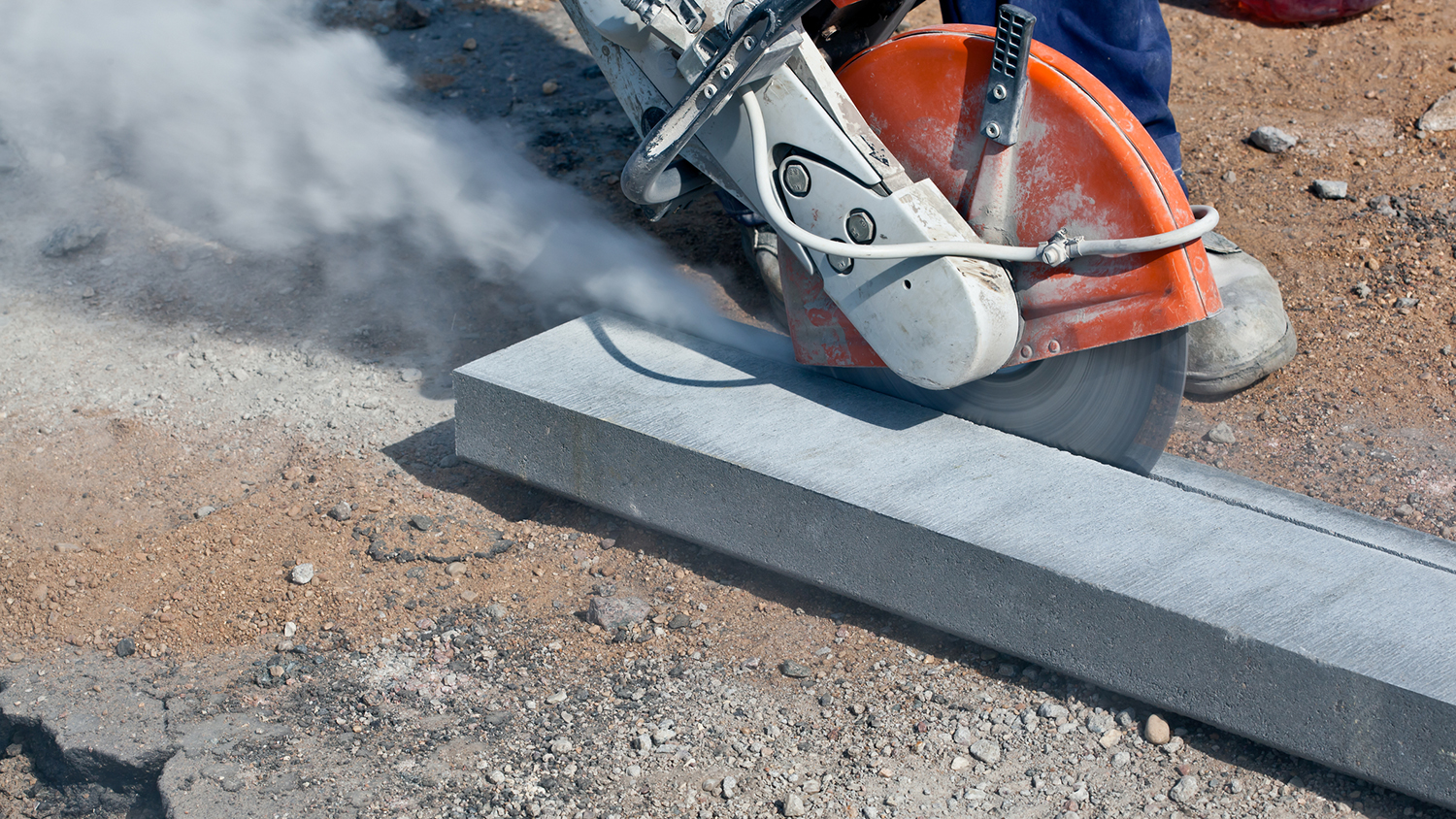
MPs want to see silica dust monitoring introduced and reclassification of chronic occupational lung disease silicosis as a notifiable disease.
The All-Party Parliamentary Group (APPG) for Respiratory Health made the calls following its report on the impact of silicosis on workers’ health.
The MPs’ report also pointed to a study that found silicosis costs construction employers almost £1bn a year. This excludes compensation claims and occupational cancer.
Researchers took evidence from across all the industries working with silica, including clinicians, silicosis patients, and the Health and Safety Executive.
APPG chair Jim Shannon MP said: “It is apparent from the evidence we received that industry views silicosis as a major issue that needs to be addressed.
“It is also apparent that simple, cost-effective changes at policy level can have far reaching benefits for patients, their families and the NHS.”
The report makes clinical and regulatory recommendations to help prevent people from getting sick from the occupational disease.
The APPG report conclusion said recommendations were delayed by the covid pandemic, due to consideration of the impact on the NHS.
Thousands exposed
Shannon added: “The tragedy is that silicosis is entirely preventable and yet hundreds of thousands of workers are exposed to silica dust every year.
“Silicosis is rarely the recorded reason for death but it causes significant co-morbidities.”
Silicosis lung disease is caused by inhaling large amounts of crystalline silica dust. It is the most common occupational lung disease globally.
Breathing in silica dust permanently damages the lungs, causing scarring and inflammation so the lungs cannot function properly. In some cases this can directly lead to death.
Exposure also increases the risk of getting other serious health conditions such as tuberculosis, chest infections, heart failure, arthritis, kidney disease, chronic bronchitis, chronic obstructive pulmonary disease (COPD) and lung cancer.











